NCN 5 Bangor to Holyhead
The views across Anglesey towards Snowdonia
Ride Overview
Done with castles, gardens, potteries and salt mines, all that is left of the magnificent NCN 5 is the final 63km to the longest railway shed in Wales. It’s a brilliant morning’s ride across Thomas Telford’s bridge over the Menai Straits, followed by the gently undulating landscape of Anglesey. There are view over to the powerful mountains of Yr Wyddfa (Snowdonia) and the sea is never far away. The ride does not have to end here of course, for there is a ferry at Holyhead which will take you across to Ireland, or you may choose to begin Lon Las Cymru (NCN 8) which will take you across Wales to Cardiff. Or jump on the train and let it take you home.
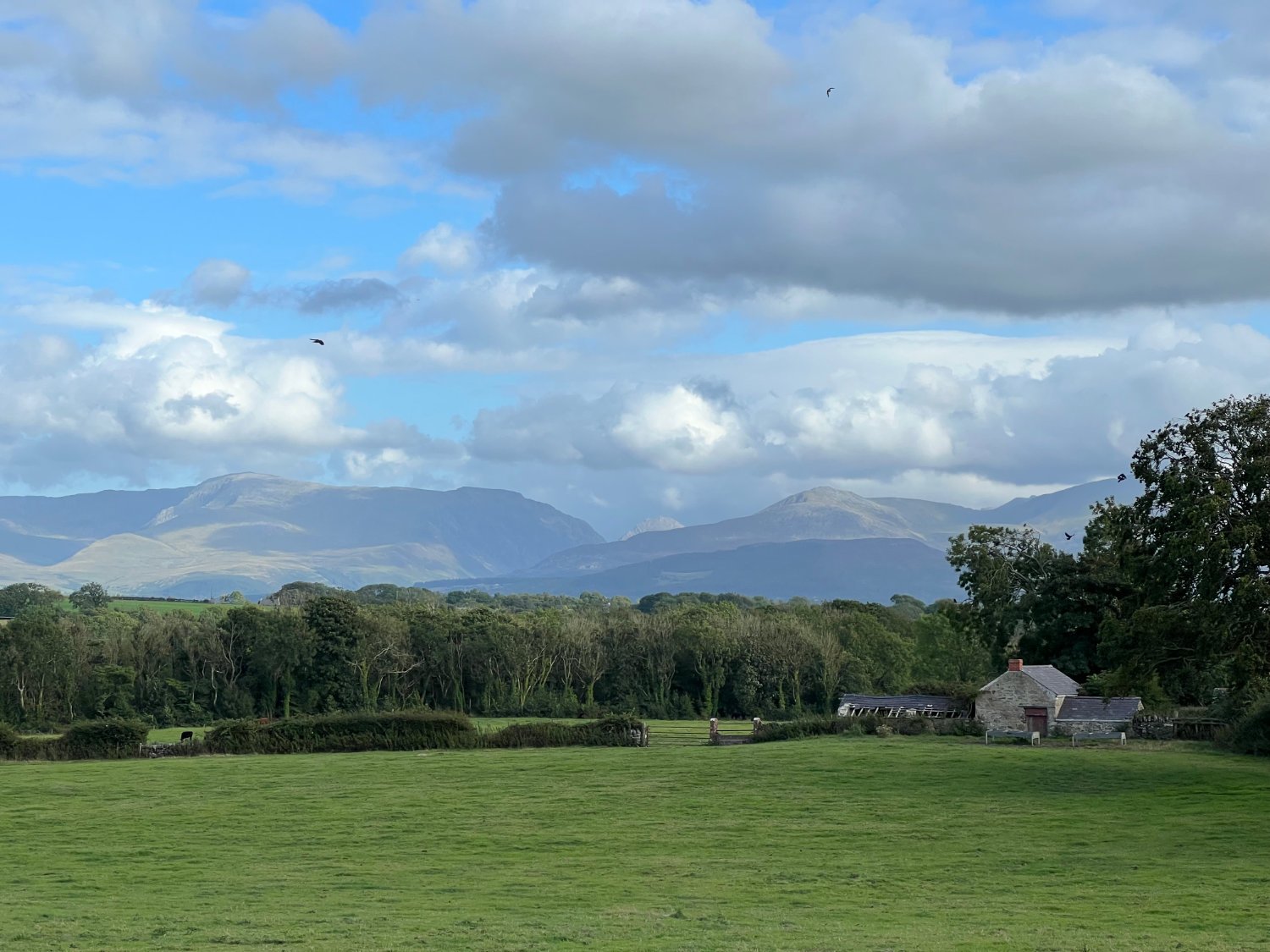
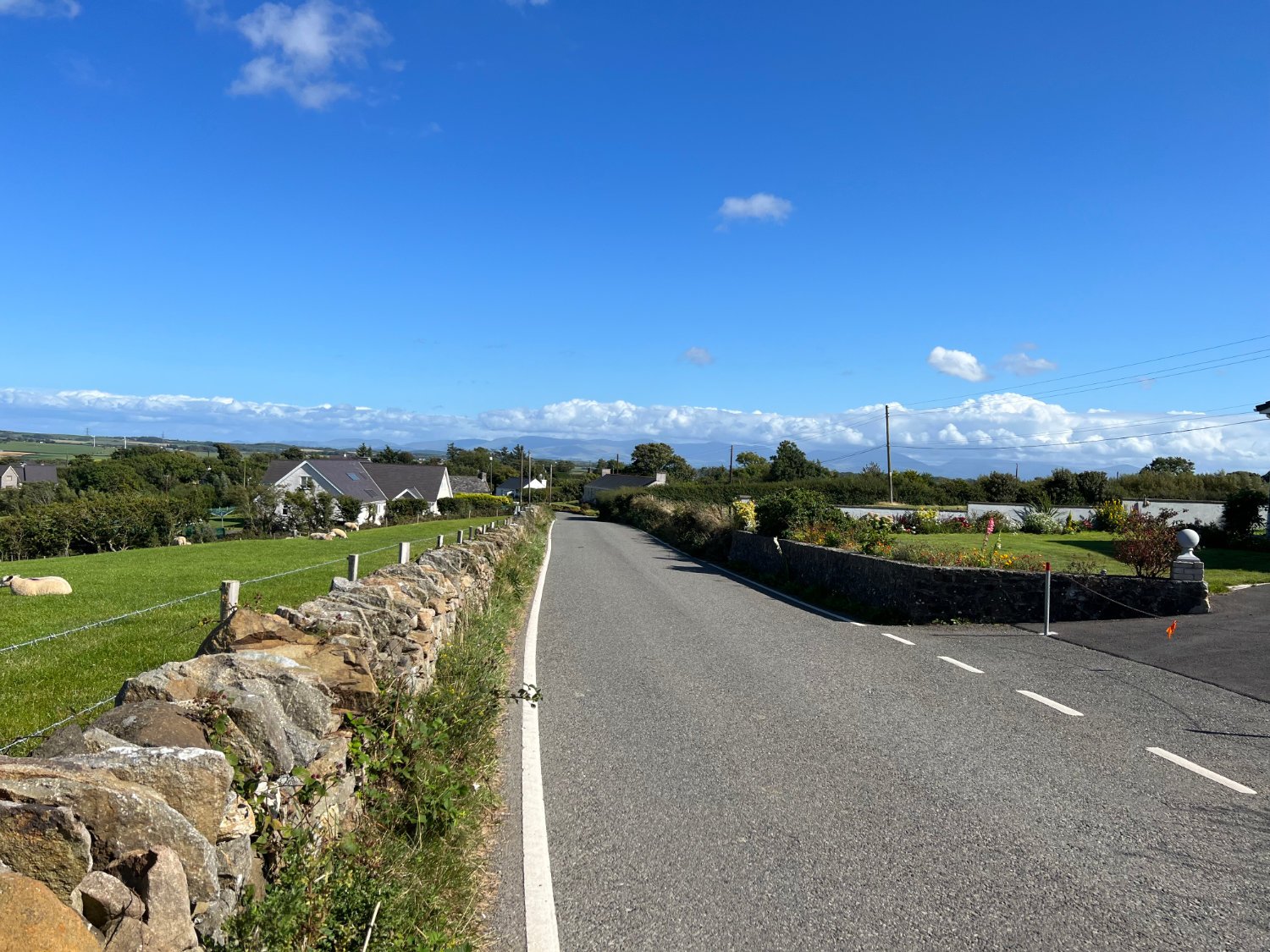
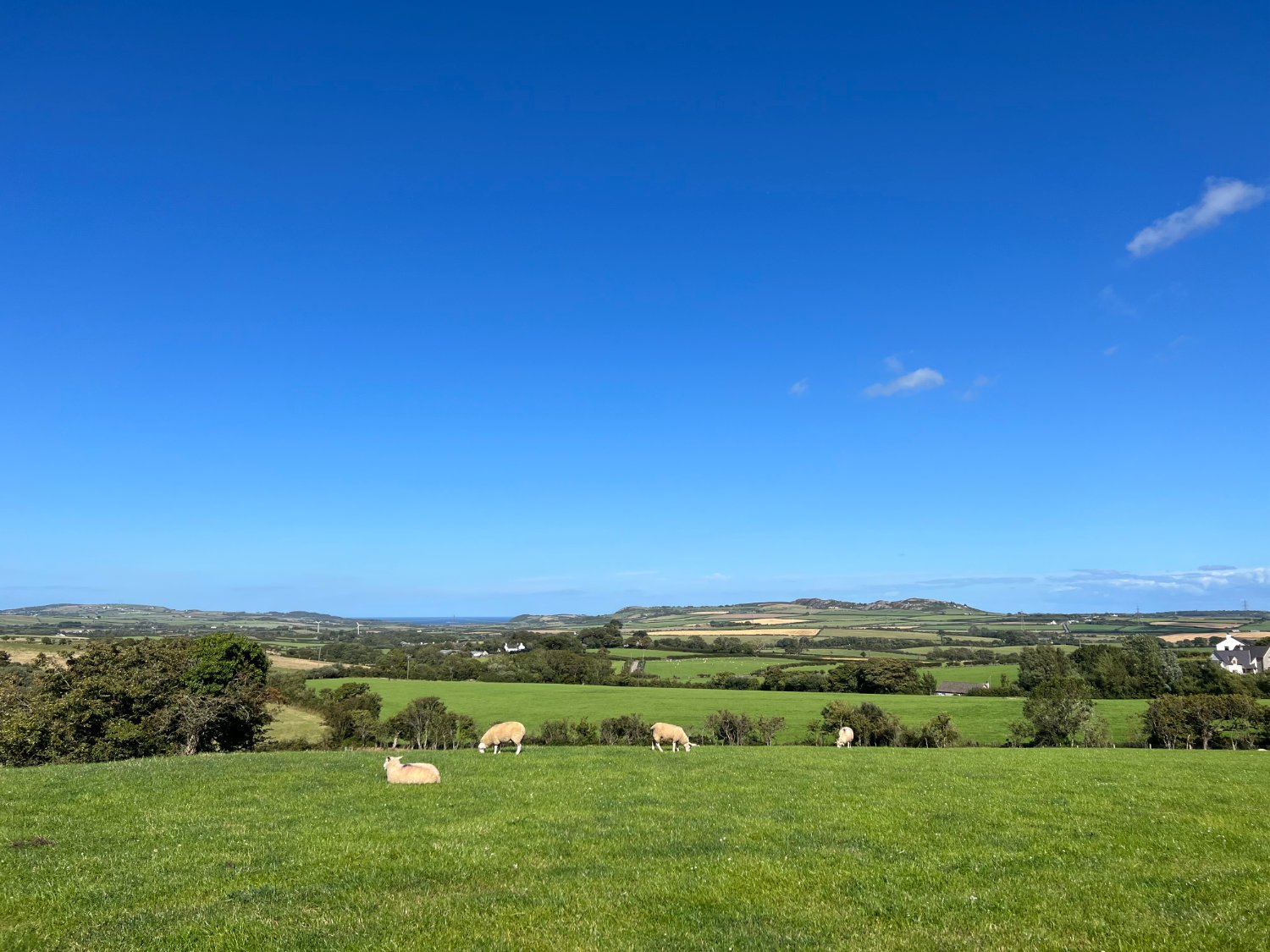
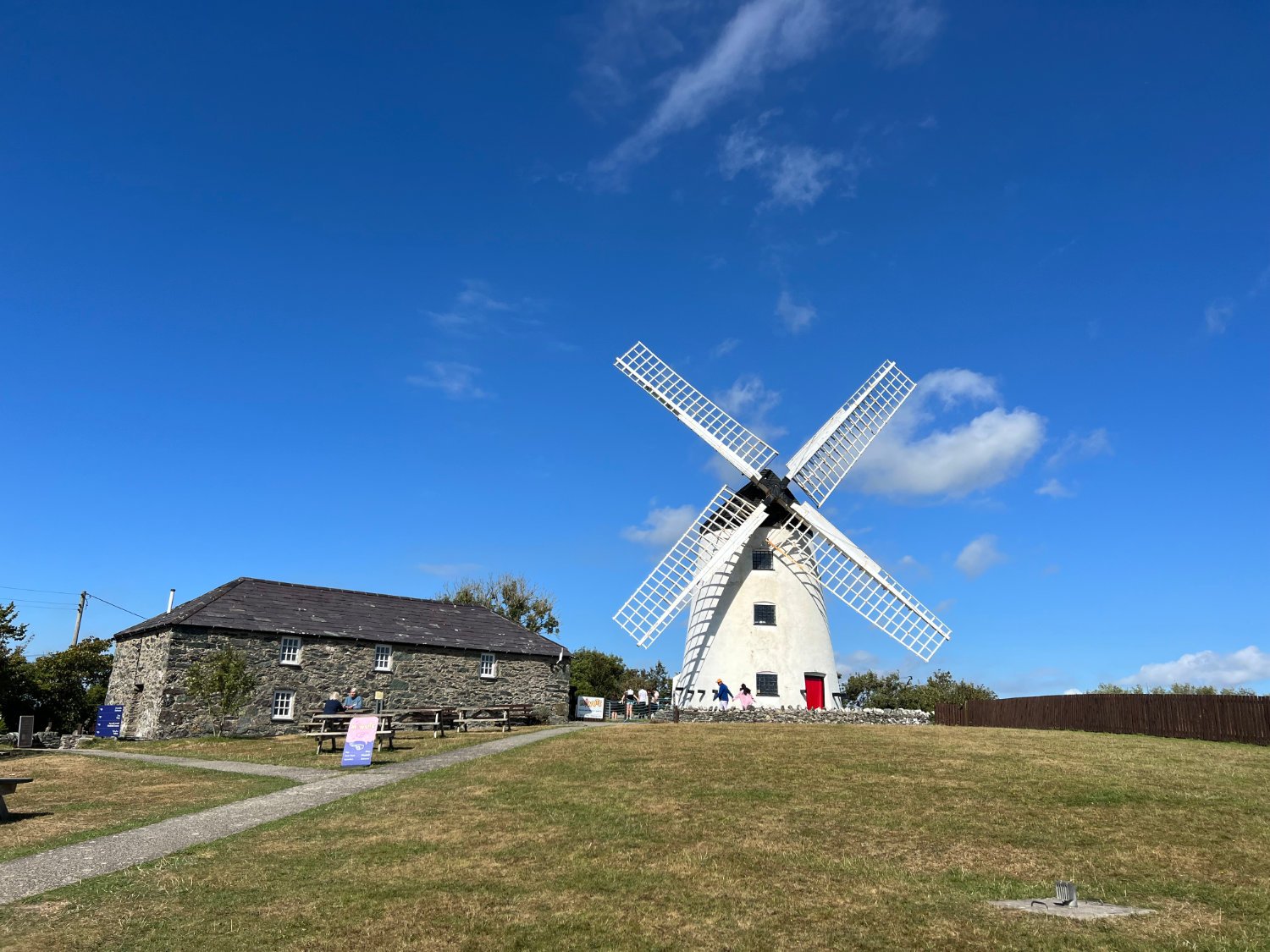
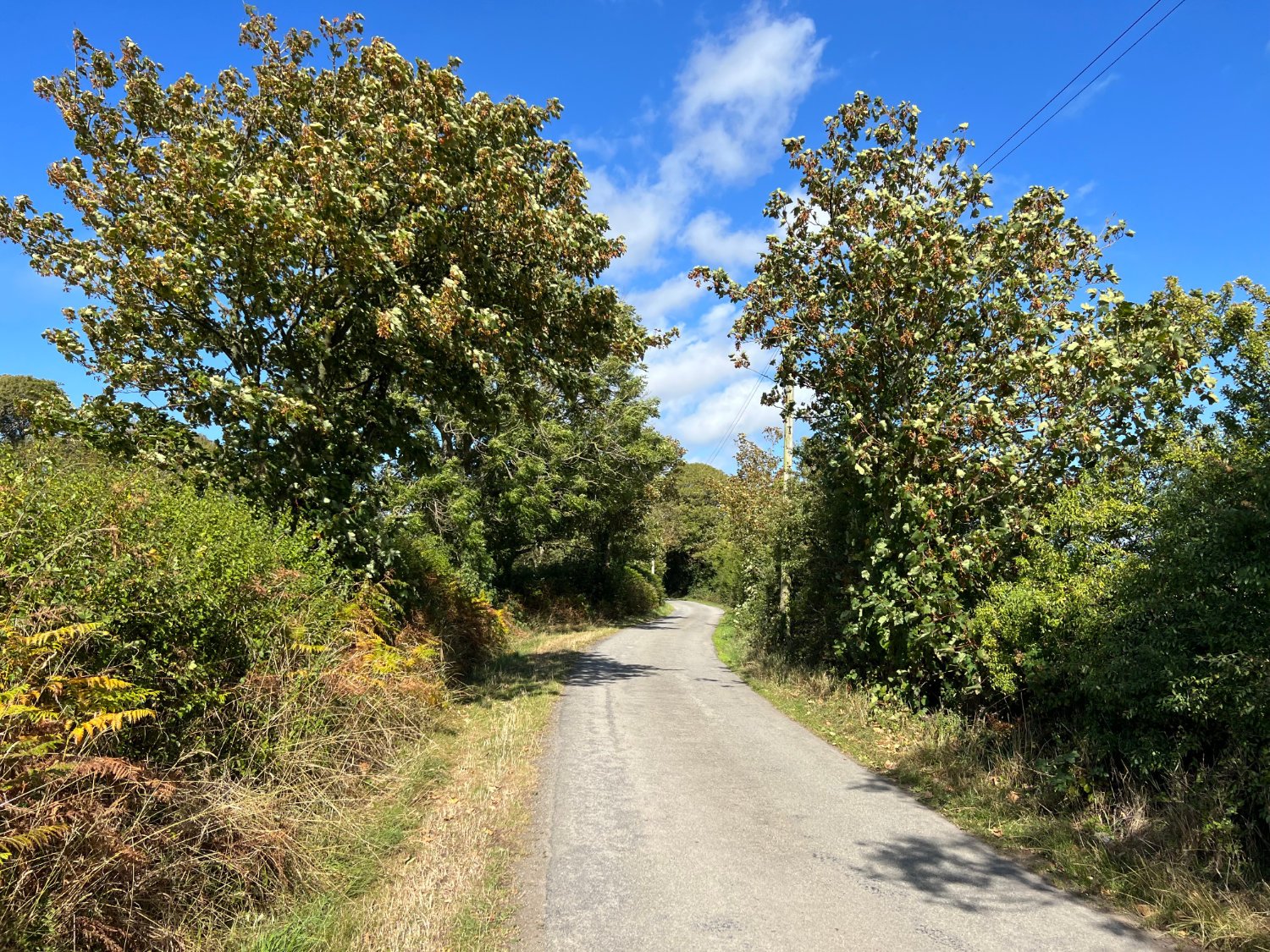
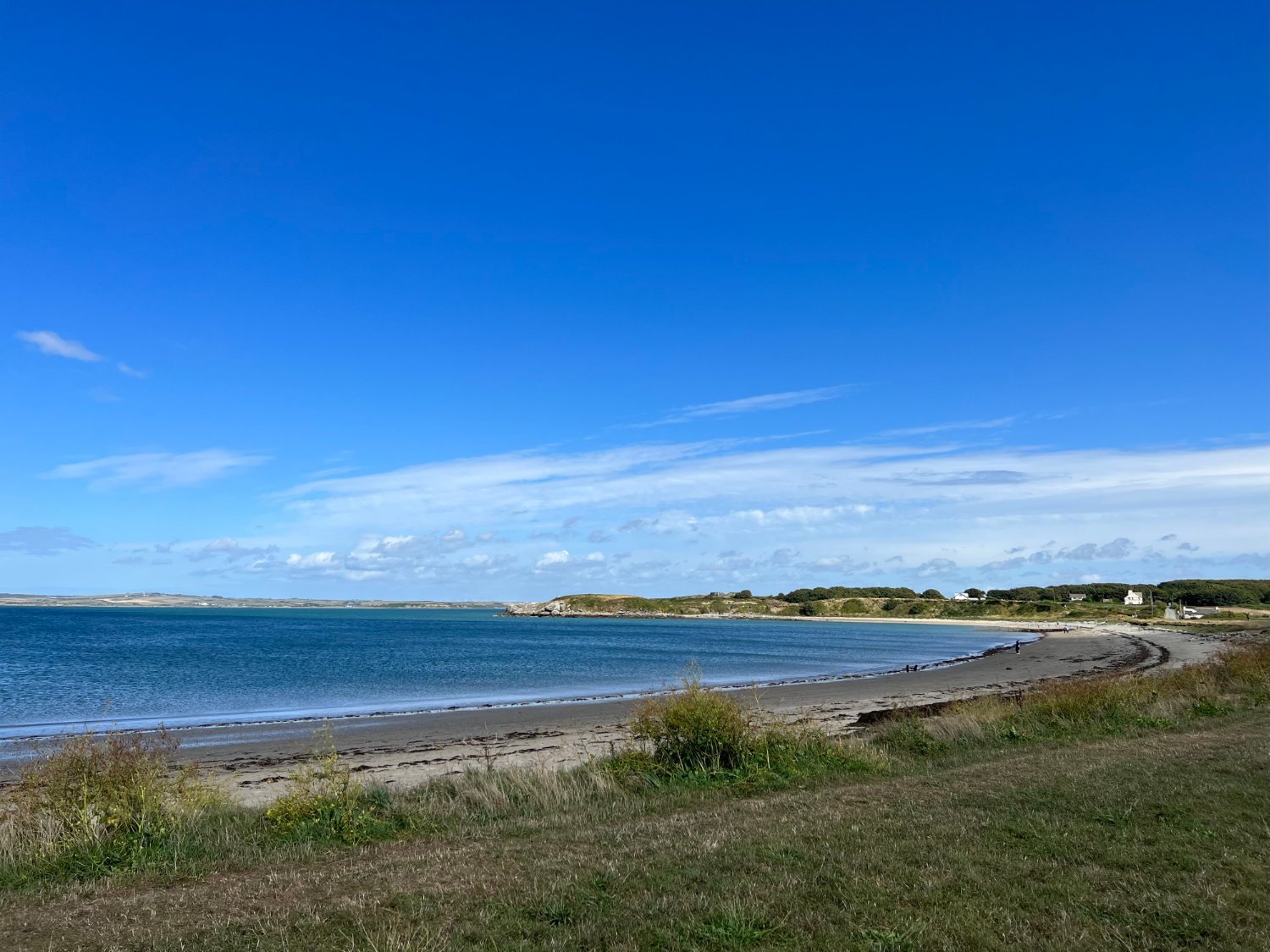
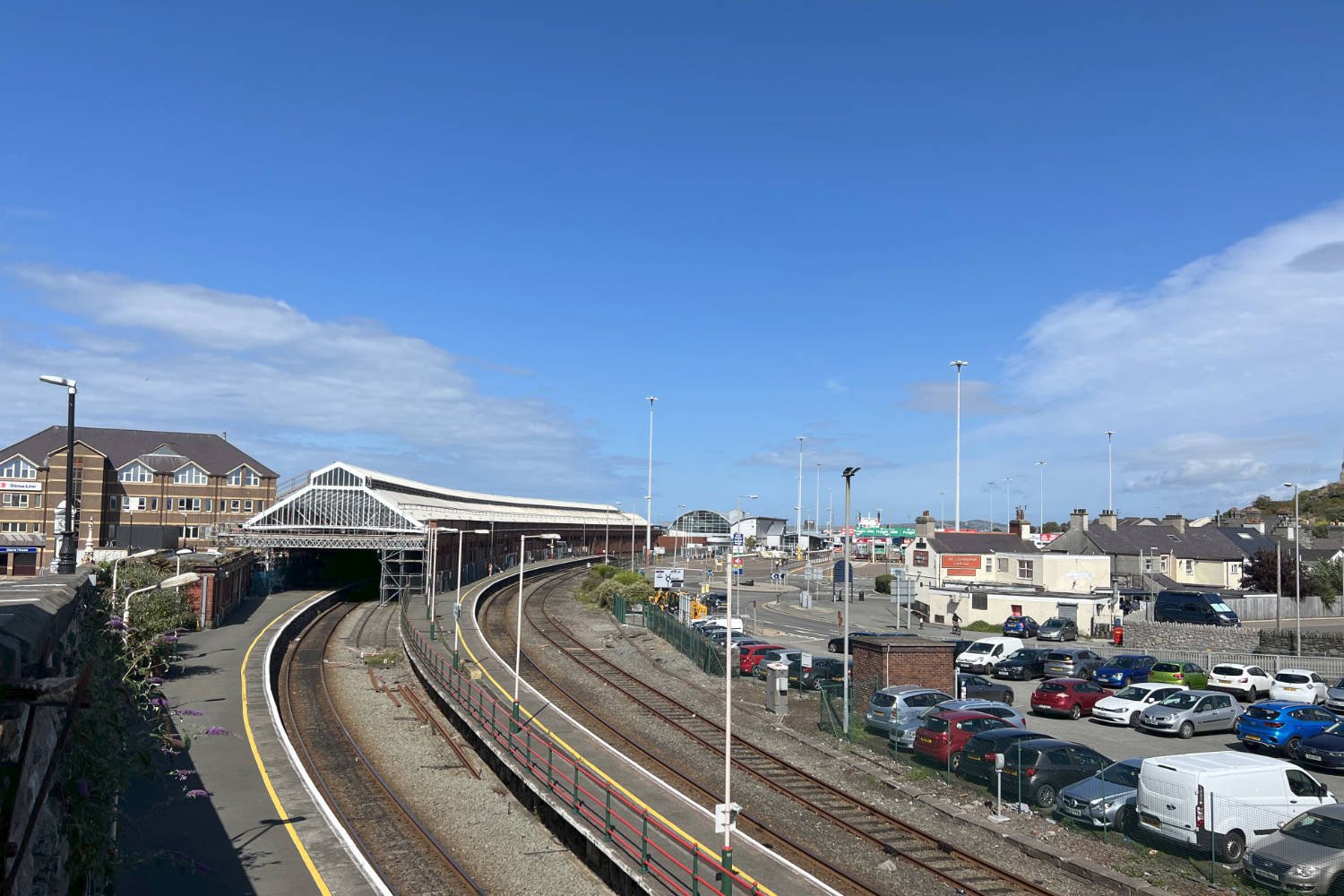
Ride practicalities
START/FINISH: Bangor/Holyhead DISTANCE: 63km TOTAL ASCENT: 630m TERRAIN AND SURFACES: mainly quiet country lanes, with one cycle lane on Anglesey. Surfaces throughout are good and suitable for a touring bike with a 28mm tyres. RECOMMENDED CAFÈS/PUBS/ACCOMMODATION: MAINLINE TRAIN SERVICES: Bangor, Holyhead PLACES TO VISIT: LINKS TO OTHER ROUTES: London to Holyhead, The North Wales Coastal Route
Ride Notes
The day is a short one, allowing time for the long train-ride home.
A little out of the city centre is a circle of standing stones. The Gorsedd Stones are not old, but were erected in 1971 as part of the National Eisteddfod, a competition and festival designed to celebrate the Welsh Language in areas such as song, poetry and literature. The stones, set in a field and surrounded by woods is a quiet and reflective place to begin the final leg of this journey.
The Menai Straits as seen from the bridge
Cattle were an important part of Anglesey’s economy and the only way to get them to the markets of Wales was to drove them through the water. By 1790, it is estimated that over 10,000 cattle were forced to swim across the Straits with the inevitable heavy losses. Rather than swim, men and women were forced to take one of several ferries which plied the straights. Even so, many a ferry along with its passengers, perished in the fearsome tides, whirlpools and currents. The need for a safer crossing became acute after the 1800 Act of Union joining Ireland to Great Britain and despite the many loud objections from the ferry operators, Thomas Telford’s design for a bridge was accepted and what was at the time the world’s longest suspension bridge opened in 1826. There is no protected cycleway on the 417 metre long bridge and the lanes are narrow so ensure that you maintain a good road position to prevent vehicles from attempting to overtake and ride on.
Ynys Môn,(Anglesey), is still referred to as ‘Môn Mam Cymru’, (The Mother of Wales). By the time you have crossed the island, you’ll understand why, for the fertile land has served as the breadbasket for much of Wales since time immemorial. The ride is a gentle one on country lanes through a quietly rolling landscape of fields and low lying hedges. Most spectacular of all are the mighty mountains of Snowdonia National Park. Should you have the energy, the end of route 5 connects with the beginning of route 8 which takes you in the heart of the mountains.
The cycleway around Penrhos Bay
The cycleway around Penrhos Bay takes you onto the Stanley Embankment, known locally as ‘The Cob’. The 1.2km causeway is the last link in Thomas Telford’s 243 mile road linking London to Holyhead.
The final few metres of this wonderful journey from the South of England, take you over a newly constructed steel bridge, built purely for the use of pedestrians and cyclists. So you ride into salt-stained old town town of Holyhead. The journey ends at the foot of the Victorian clock tower outside the station. The iron clock has stood here since 1880 and was erected to commemorate the new extension to the Old Harbour which was opened by The Prince of Wales.
The end of National Cycle Route 5
Standing alone on the long curve of Holyhead’s station is a real end-of-the-line feeling and you are left knowing that unless you flee to Ireland, you now face the return home by train. As you sit in the clattering train, you’ll see out of the window, the cycle path along which you’ve ridden and you’ll look upon it with feelings of regret that your journey is done, but also with satisfaction for having come this far.
Every route on this website has been carefully researched as well as ridden. However situations on the ground can change quickly. If you know of changes to this route, or cafes, pubs and the like which you think other cyclists need to know about, feel free to share your thoughts below.
If you enjoyed this guide, why not subscribe to the website so as not to miss other inspirational routes?
wheremywheelsgo.uk is a Feedspot UK Cycling top website



